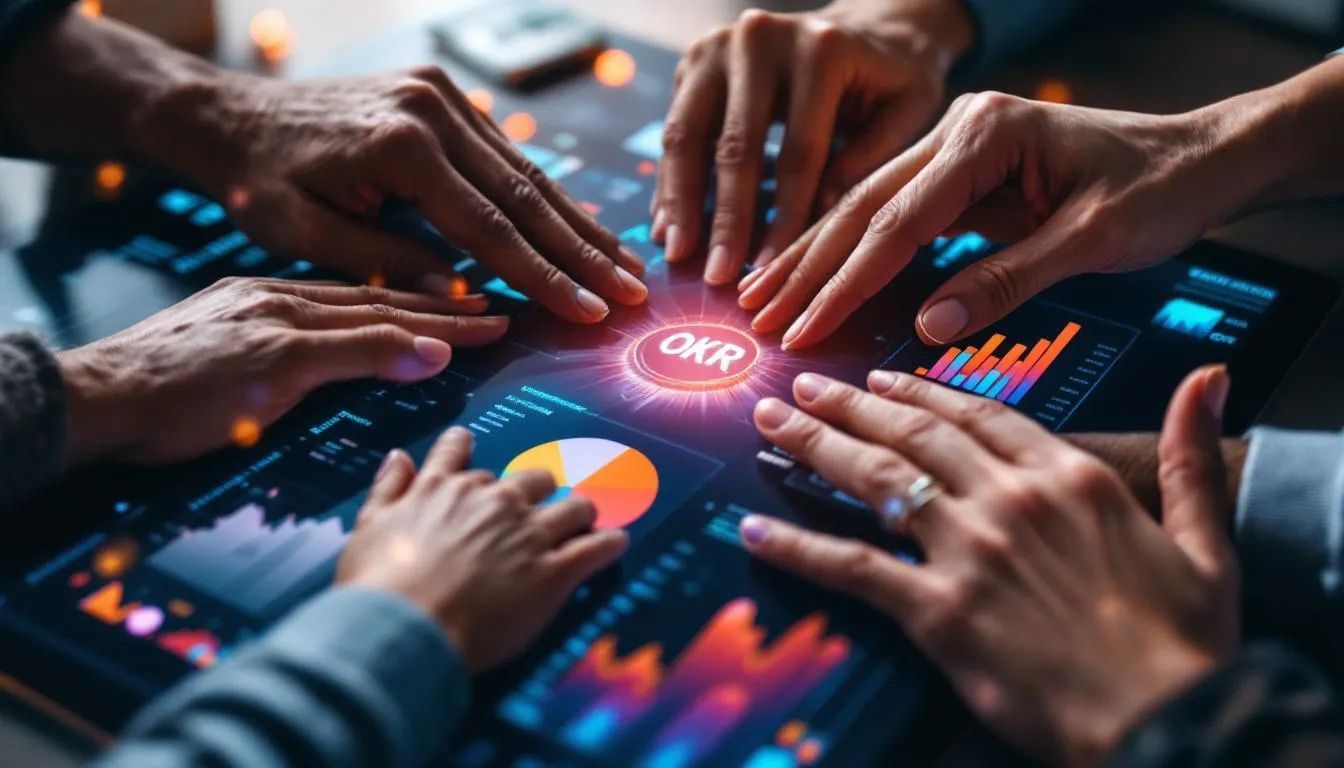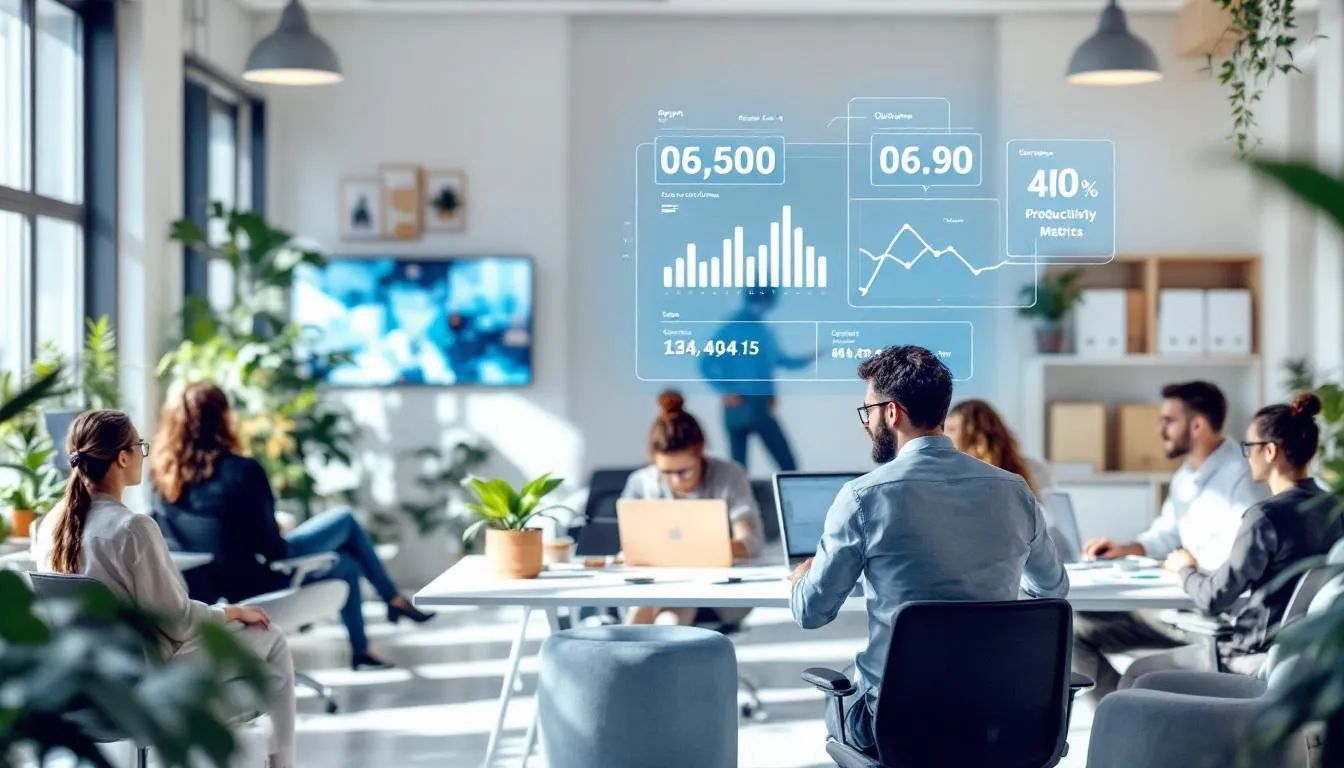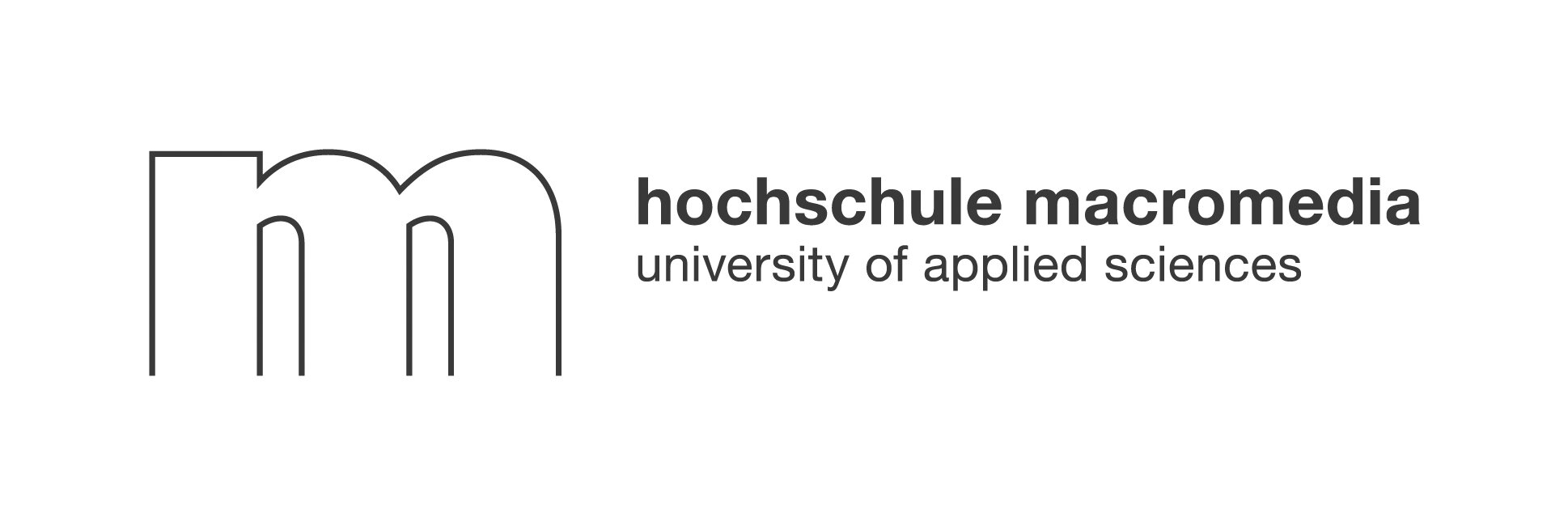Employee productivity is the heartbeat of every thriving organization, yet in 2025, its definition and pathways to improvement are more nuanced than ever. As hybrid and remote work reshape daily routines, companies are searching for workplace productivity solutions that not only boost output but also foster genuine engagement and well-being. But what truly drives employee productivity today? And how can forward-thinking brands like Neroia, with their AI-driven performance enhancement platform, revolutionize the way teams connect and collaborate? Let’s dive into the future of work and discover why the next era of productivity will be defined by organic, personalized engagement.
What We Mean by Employee Productivity Today
Output vs Outcome: a nuanced definition
Traditionally, employee productivity was measured by the classic formula: output divided by input. In simple terms, it’s how much work a person completes in a given period, relative to the resources and time invested. But today, this metric goes far beyond counting widgets or hours. Modern organizations recognize that true productivity also hinges on the quality of work, customer value, and the impact of outcomes.
For example, two employees might produce the same number of reports, but if one’s insights drive better business decisions, their outcome holds greater value. This shift from pure output to meaningful results reflects a broader understanding: productivity isn’t just about doing more, but about achieving what matters most.
How remote and hybrid models reshape the concept
Remote and hybrid work have upended traditional definitions of productivity. No longer bound by office walls, employees now juggle flexible schedules, digital tools, and home environments. While some feared a drop in efficiency, studies show that remote workers often log more hours and, with the right support, deliver strong results.
However, the challenge lies in sustaining engagement and collaboration across distances. In this landscape, productivity is less about physical presence and more about connection, autonomy, and access to tailored workplace productivity solutions. The rise of AI-driven performance enhancement tools is helping bridge these gaps, making it possible to foster real-time collaboration and engagement regardless of location.
Why Employee Productivity Is a Strategic Imperative

Revenue, ROI and competitive advantage
Boosting employee productivity isn’t just good for morale—it’s a strategic necessity. High-performing teams enable companies to deliver more value with the same or fewer resources, directly impacting revenue and profit margins. According to the McKinsey Global Institute, organizations with connected employees see productivity improvements of 20–25%. Meanwhile, Accenture reports that businesses investing in technology to enhance productivity experience a 7.4% increase in revenue growth.
In competitive markets, these gains can make the difference between leading and lagging. Companies that prioritize effective employee engagement strategies and invest in modern tools position themselves to adapt, innovate, and outperform rivals.
Employee engagement links to performance
The link between engagement and productivity is clear—and powerful. Gallup research finds that organizations in the top quarter for employee engagement achieve 17% higher productivity than those at the bottom. Engaged employees are more motivated, take greater ownership of their work, and contribute to a positive culture that fuels ongoing improvement.
“The best way to reduce turnover is to increase engagement. One of the best ways to energize the team about the work they’re doing is to highlight it for the rest of the organization to see.”
When employees feel valued, connected, and supported, their performance soars. This is why forward-thinking companies are reimagining engagement not as a series of one-off events, but as an ongoing, organic process—one that Neroia’s AI-driven platform is designed to deliver.
Metrics That Matter: Measuring Productivity with Confidence
Classic productivity formula (output ÷ input)
At its core, productivity is measured as output divided by input. For example, if an employee completes 10 projects in 40 hours, their productivity is 0.25 projects per hour. This formula works well for routine, measurable tasks.
Yet, as work becomes more knowledge-based, this metric alone can miss the bigger picture. It’s essential to track not just quantity, but also the impact and relevance of outcomes.
Beyond hours: quality, customer value and OKRs
Modern productivity measurement incorporates:
- Quality of work: Are deliverables accurate, insightful, and actionable?
- Customer value: Do efforts translate into better customer experiences or solutions?
- OKRs (Objectives and Key Results): Are employees achieving strategic goals, not just ticking off tasks?
This holistic approach ensures that productivity aligns with business priorities and customer needs.
Benchmarking against industry peers
How do you know if your productivity is world-class? Benchmarking against industry peers provides context. Companies compare key metrics—like output per employee, project completion rates, and customer satisfaction scores—to industry averages. This helps identify strengths, gaps, and opportunities for improvement.
Regular benchmarking keeps organizations focused on continuous improvement and helps justify investments in new workplace productivity solutions.
Hidden and Visible Drivers of Workforce Efficiency
Culture, leadership and psychological safety
A thriving workplace culture is the invisible engine of productivity. When leaders foster trust, open communication, and psychological safety, employees feel empowered to share ideas and take initiative. According to Harvard Business Review, positive work cultures are more productive and see lower turnover.
“Organizations with higher employee engagement see 17 percent greater productivity.” (Gallup)
Culture isn’t built overnight. It requires consistent leadership, recognition, and a commitment to employee well-being.
Workplace design, tools and automation
The physical and digital environments where people work matter. Ergonomic workspaces, intuitive collaboration platforms, and reliable equipment all reduce friction and boost efficiency. Automation tools—especially those powered by AI—help eliminate repetitive tasks, freeing employees to focus on higher-value work.
For hybrid and remote teams, digital tools that enable seamless communication and workflow management are essential. The right mix of technology and thoughtful design can transform productivity across the board.
Well-being and work-life balance
Employee well-being directly impacts output. Stress, burnout, and poor work-life balance lead to disengagement and errors. Companies that offer flexible schedules, mental health support, and wellness programs see higher retention and sustained productivity.
Neroia’s AI-driven micro-events, such as group yoga or wellness walks, are designed to support well-being while building authentic connections, making them a powerful addition to any employee engagement strategy.
Proven Ways to Boost Employee Productivity in 2025
Setting crystal-clear expectations and goals
Clarity is a productivity superpower. When employees know exactly what’s expected, they can prioritize, focus, and deliver results. Setting SMART goals and aligning them with company objectives ensures everyone is moving in the same direction.
Coaching, upskilling and career paths
Continuous learning is vital. Providing coaching, upskilling opportunities, and clear career paths helps employees stay engaged and capable of meeting new challenges. High-performing organizations invest in both technical and soft skills, recognizing that adaptability drives long-term success.
Smart use of AI copilots and automation
AI is transforming productivity. From intelligent scheduling assistants to workflow automation, AI tools help employees work smarter, not harder. Neroia’s platform takes this a step further by using AI to recommend and coordinate micro-events—like cycling meetups or cultural exchanges—tailored to individual interests and schedules.
These AI-driven performance enhancement features don’t just save time; they foster collaboration, break down silos, and create a more vibrant, connected workplace.
Troubleshooting: How to Remove Productivity Roadblocks

Communication breakdowns
Miscommunication is a silent productivity killer. It leads to mistakes, delays, and frustration. Companies can counter this by:
- Establishing clear, open channels for feedback and updates
- Encouraging regular check-ins, especially for remote teams
Burnout and overload
Overwork drains energy and creativity. To prevent burnout:
- Monitor workloads and redistribute tasks as needed
- Promote regular breaks and encourage use of time-off
Resistance to change
Change can be unsettling, but it’s essential for growth. Overcoming resistance involves:
- Communicating the benefits of new tools or processes
- Involving employees in decision-making
- Providing support and training
“Encourage open and transparent communication, provide regular feedback, and establish clear channels for employees to use.”
With these strategies, companies can turn roadblocks into stepping stones for higher productivity.
The Tech Stack for a High-Productivity Future
Time-tracking and analytics platforms
Modern time-tracking tools go beyond monitoring hours—they help employees understand where their time goes and identify opportunities to work more efficiently. Analytics platforms provide actionable insights, enabling leaders to spot trends and optimize workflows.
Collaboration hubs and intranets
Digital collaboration hubs, like intranets and team messaging platforms, are the backbone of hybrid productivity. They centralize communication, file sharing, and project management, making it easy for teams to stay aligned—even when working remotely.
AI-powered workflow automation
AI is the ultimate productivity multiplier. From automating routine approvals to orchestrating group activities, AI streamlines processes and reduces manual effort.
Neroia’s platform exemplifies this future. Its AI analyzes anonymized data to recommend micro-events—such as yoga sessions, company runs, or cultural outings—curated for small groups with shared interests. This not only boosts engagement but also supports well-being and breaks down the barriers that traditional, top-down engagement initiatives often reinforce.
Why Traditional Engagement Initiatives Fall Short—and How Neroia Leads the Way
Many companies still rely on large, company-organized events or generic perks to drive engagement. However, these approaches often miss the mark, especially in hybrid and remote settings. Here’s why:
- Disconnected formats: Large events can feel impersonal and awkward, discouraging authentic interaction.
- Hybrid isolation: Remote workers may feel excluded or struggle to participate in office-based activities.
- One-size-fits-all: Uniform perks or programs rarely address individual interests or needs.
The result? Engagement initiatives that look good on paper but fail to move the needle on employee productivity.
Neroia’s AI-driven platform flips this script. By curating micro-events for 3–4 participants based on real interests and schedules, it creates opportunities for effortless, authentic connections. Whether it’s a yoga class, a cycling meetup, or a cultural exchange, every event is tailored for maximum relevance and impact.
“With Neroia, employees effortlessly discover like-minded coworkers and enjoy activities that fit their lives—no planning friction, no forced fun, just authentic connection.”
Pilot programs at companies like OHB have shown the power of this approach, with AI chatbots coordinating yoga sessions and company runs that bring together people who might never have crossed paths otherwise. The result is a vibrant, engaged workforce where productivity and well-being go hand in hand.
The Future: AI-Driven, Personalized Productivity
As organizations look ahead, the path to higher employee productivity is clear: move beyond fragmented, top-down engagement and embrace AI-powered, personalized strategies. Neroia’s commitment to this vision is transforming the way companies think about workplace productivity solutions.
By breaking down silos, promoting vibrant engagement, and leveraging the latest in AI-driven performance enhancement, Neroia is helping teams unlock their full potential—no matter where or how they work.
“Creating a great employee experience results in greater workforce productivity.”
In 2025 and beyond, the most successful organizations will be those that understand productivity is about more than just output—it’s about connection, well-being, and continuous growth. With Neroia, companies have a partner ready to lead the way into this exciting new era of employee engagement strategies and collaborative efficiency.
Ready to revolutionize your team’s productivity? Discover how Neroia’s AI-driven micro-events can transform your workplace culture and help your organization thrive.




